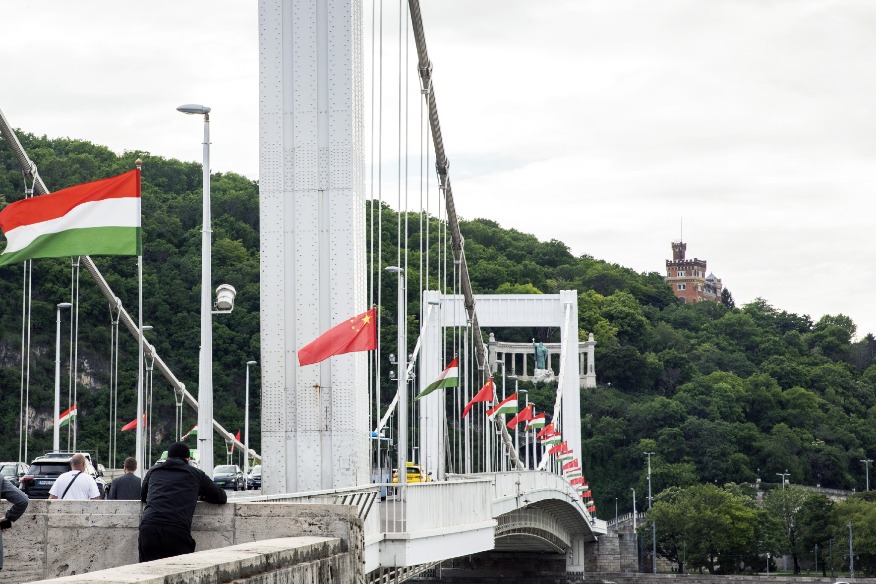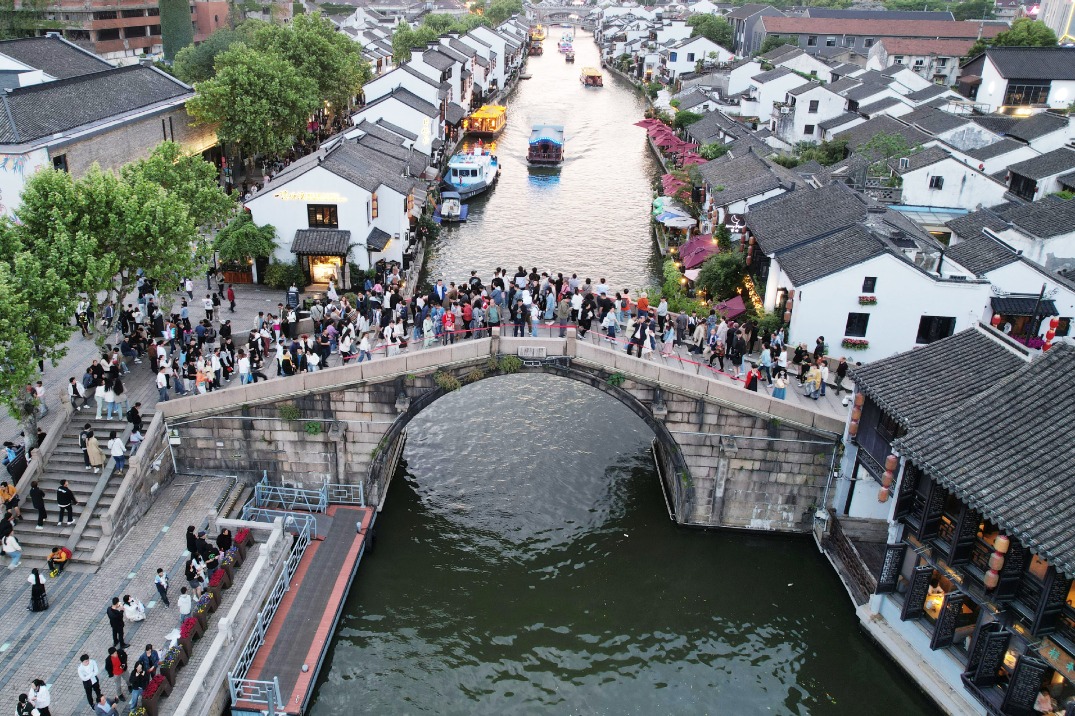After decades of effort, Beijing's rivers regain their sparkle


Whether it's biking through the crisp air along the river or taking photos of birds, residents of China's densely populated capital now have more things to do thanks to the recent resuscitation of its main river.
The Liangshui River, which winds through seven districts, has been brought back to life as part of the city's efforts to improve and restore its aquatic ecosystem.
One resident surnamed Huang has grown used to cycling along the river every day. "A few years ago, it was a stinky ditch, so we kept at a distance," he said.
People living nearby complained that they couldn't even open the window at night because of the smell.
The megacity has blazed a new path to water conservancy in recent years, fundamentally changing the quality of its water and environment.
Beijing has always been crisscrossed and nourished by watercourses. Converging on a section of the Grand Canal, the Liangshui once played an active role in transportation, drainage and irrigation.
Between the 1970s and 1990s, the Liangshui and other water bodies in the city began to deteriorate due to urban expansion, population growth and climate change. Some became severely polluted, while others dried up.
Since 2013, Beijing has worked continuously to tackle water issues, combating pollution by improving sewage disposal capacity while restoring its aquatic ecosystem.
Over the past decade or so, 86 major sewage outlets in the Liangshui basin have been shut down, pipelines have been upgraded and sewage treatment plants built.
The municipal government also took a slew of measures to alleviate water shortages. Thanks to concerted efforts, all 142 of Beijing's formerly murky and smelly rivers now run clear once more, according to official data.
"Guess what? It isn't stinky any longer," said a resident surnamed Wang, who has lived near the Liangshui for about 14 years. "Now it looks like the Yangtze seen from afar, so to speak."

Today's Liangshui is home to different kinds of wild birds and has become a paradise for photography lovers. A survey conducted last year by the biodiversity protection and research center of Beijing found that there were 43 species of birds inhabiting a section of the Liangshui, including 23 species of waterfowl.
According to Gong Jingbo, Party chief of a community along the river who also serves as a river chief, he and his colleagues take pictures of the birds on a regular basis.
Today, every river in China has a chief in charge of its protection.
With an improved water ecosystem, Beijing residents have more opportunities to get close to nature. They can exercise along the river, just as residents nearby do, or even take a boat and enjoy the scenery.
According to a blueprint for city development, Beijing should have largely resolved its sewage issues and restored its aquatic ecosystem by 2035 to become an eco-friendly metropolis of "blue skies and lucid waters surrounded by forests".
Xinhua
MOST POPULAR
- 1 Foreigners in China to enjoy more convenient payment services
- 2 China-France economic and trade cooperation
- 3 China introduces policies to facilitate citizens' travels overseas
- 4 Chinese Numbers: Highlights of China's new quality productive forces reveal growth momentum
- 5 Beijing unveils plan to facilitate equipment renewals, trade-ins of consumer goods
Editors' Picks
 Infographic:
China-Hungary relations in overview
Infographic:
China-Hungary relations in overview
 Infographic:
China-France relations in overview
Infographic:
China-France relations in overview
 Infographic:
Holiday boom signals China's economic vitality
Infographic:
Holiday boom signals China's economic vitality
 Infographic:
China-France economic and trade cooperation
Infographic:
China-France economic and trade cooperation



